|
Introduction of the artist:
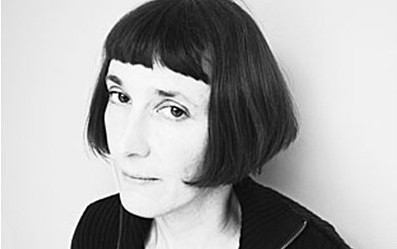
Cornelia PARKER (UK)
Born in 1956, Cheshire, UK. Lives and works in London. Selected solo
exhibitions: 2010 Doubtful Sound, Baltic Centre for Contemporary Art, Gateshead,
UK / 2008 Chomskian Abstract, Whitechapel Laboratory, Whitechapel Gallery,
London / 2008 . 2007 Never Endings, Museo De Arte de Lima, Peru and Ikon
Gallery, Birmingham, UK / 1995 The Maybe (Collaboration with Tilda Swinton),
Serpentine Gallery, London / 1991 Cold Dark Matter: An Exploded View, Chisenhale
Gallery, London and Vitrine Hortense Stael, Paris / Selected group exhibitions:
2012 The Jerusalem Show, Al-Mamal Foundation for Contemporary Art, Jerusalem /
2010 On Line: Drawing Through the Twentieth Century, MoMA, New York / 2008 16th
Biennale of Sydney / 2007 8th Sharjah Biennial, United Arab Emirates / 2003 Days
like These, Tate Triennial, Tate Britain, London / 1997 The Turner Prize, Tate
Gallery, London.
Introduction of works:
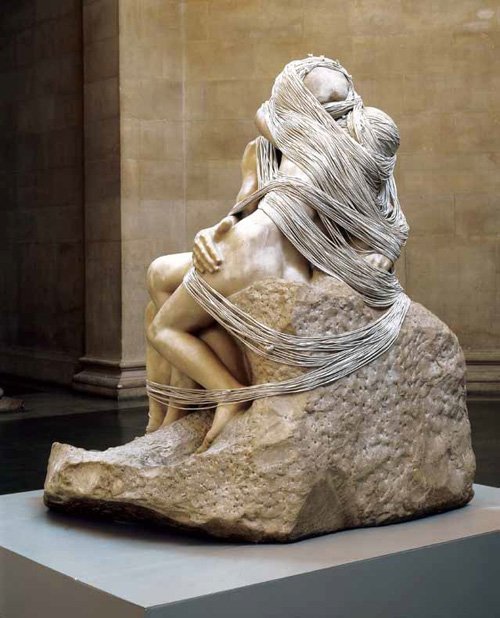
The Distance (A Kiss with String Attached), installation, a mile of string
wrapped round Auguste Rodin’s The Kiss (1904) , 182.2×121.9×153cm, 2003
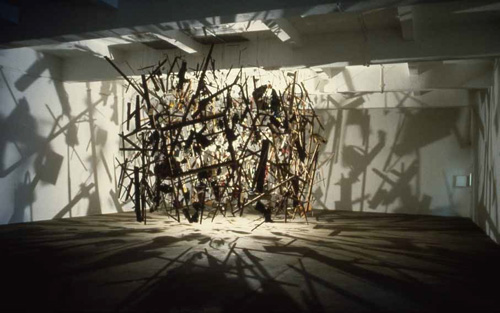
Cold Dark Matter: And Exploded View, garden shed and contents, blown up for
the artist by the British Army, variable size, 1991
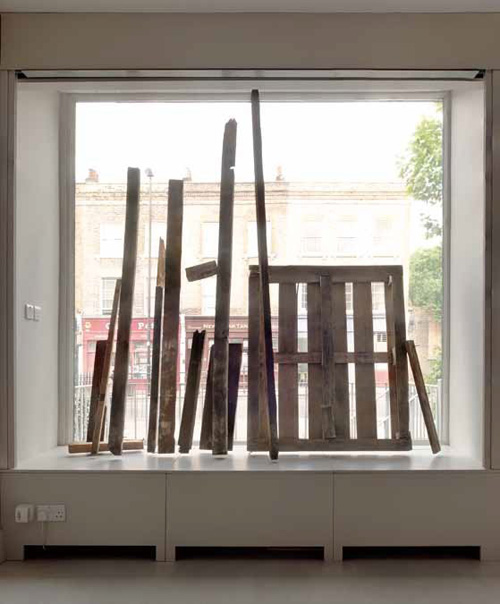
Shadow of a Doubt, (Caledonian Road), wood & wire, 246×266×50cm, 2012
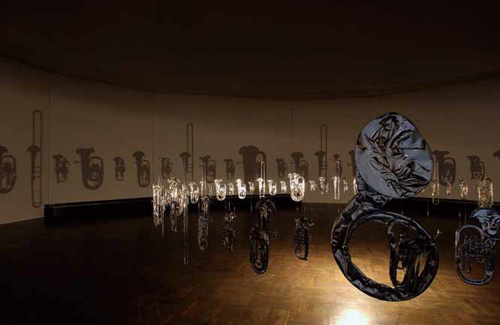
Spent Matches Exposed by a Live One, photogram, 2000
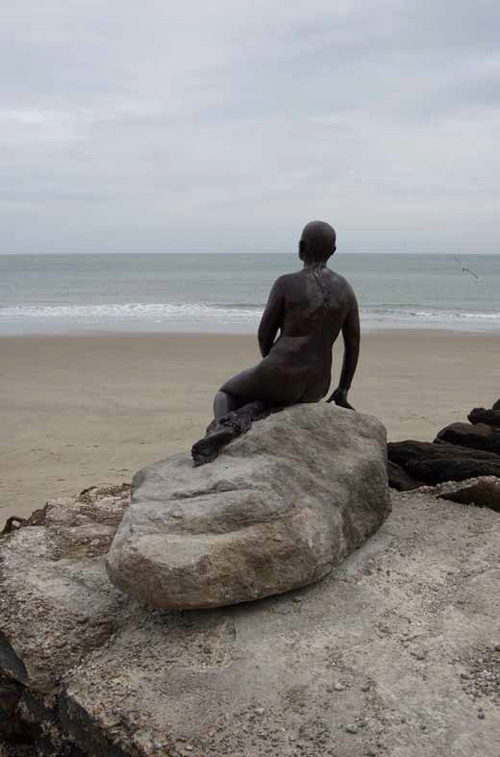
The Folkestone Mermaid, bronze on granite boulder, life size body
cast,151×172×110cm, 2011
The fundamental proposition informing Cornelia Parker’s artistic practice is
a sceptical one, against all-too-human vanity, but certainly it is not without
hope. A number of Parker’s works embody some traumatic event, such as an
explosion, but a reconfiguration of the materials and/or objects affected
signifies a kind of existentialism, the possibility of individual freedom
against forces – essentially political – that can make a positive difference.
There is an extraordinary conflation of very significant issues, arising out of
observations on social institutions, in the face of sublime, unknowable natural
forces. Art itself is apprehended as the indefinable, insubstantial phenomenon
it is, not as some godless religion, but rather the trace of a vital need to
communicate.
Parker’s scepticism with respect to the institution of art manifests itself
in anti-monumental gestures, sometimes invisible, sometimes spectacular. Large
suspended works by her - often involving hundreds of small objects attached to
lengths of wire - through their resistance to gravity, suggest a pause in a
process of transformation. Rather than asserting universal truths or values, by
their very nature they insinuate an unfixed universe. In this vein,
environmental disaster is something that concerns this artist now more than
ever. Interestingly it represents the inversion of a previous theme, whereby
humankind is subject to unstoppable natural forces; now there is the idea of the
world, due to human agency, slipping towards what she refers to as a “quieter
apocalypse … [the] chance that the planet may not be able to sustain human life
by the end of this century”.
| 
